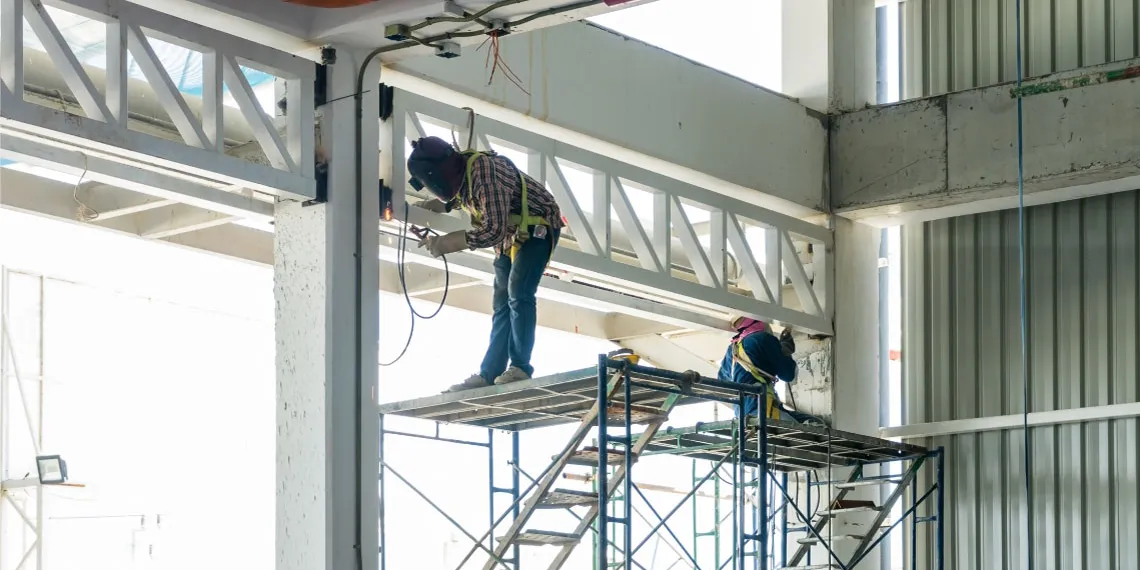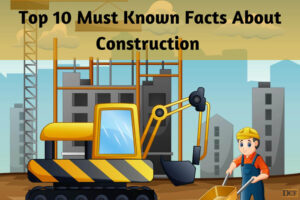Importance of Scaffolding in Construction

Scaffolding is a temporary structure that is installed when employees are working or moving about at a height for extended periods. Scaffolding makes it easier to move around tall buildings instead of climbing up and down constantly. Without it, employees are at risk of falling, especially in wet or windy weather. As the work progresses, the height of the scaffolding is also adjusted as needed to move around easily. Whether it is a skyscraper or multi-story building, without scaffolding, it is difficult for workers to work efficiently. High-quality scaffolding supplies play an important role in creating a scaffolding that stays strong until the work is completed.
Metals used for scaffolding
Metal scaffolding is commonly used today because of its lightweight and excellent strength. Metal tubes that are used in scaffolding are quick and easy to assemble without using bolts and nuts. Steel and aluminum are the metals used for scaffolding. Steel scaffolding has good strength and high durability. It also has elasticity, which helps to prevent cracks. It supports heavy loads and helps workers to transport heavy equipment and supplies. Steel scaffolding is vital for very tall structures as the scaffolding itself requires structural strength. It can be provided only by steel scaffolding, and aluminium scaffolding is used for less demanding conditions.
Basic components of scaffolding
Standards are the vertical tubes that transfer the entire weight of the structure to the ground. A base plate is connected to the base of each standard, which distributes the load each standard bears. The front and back of the scaffold have a pair of standards that form a bay.
Ledgers are the horizontal tubes that are placed in between the standards along the length of the scaffold. They ensure stability and keep the structure in place by providing support and better weight distribution. Ledgers connect the multiple bays at the front and back of the scaffolding.
Transoms are horizontal tubes placed perpendicular to the ledgers. They are positioned near the standards and give the structure more strength. Transoms define the bay width and support the boards and planks in the scaffolding.
Types of scaffolding
Supported scaffolding
The most common type of scaffolding is built from the ground up and found in most construction sites. It is the safest, easiest, most convenient, and most cost-effective type of scaffolding. If the structure is extremely high or if very heavy loads need to be transported, extra support can be added to it.
Suspended scaffolding
It is suspended from the roof of the building and installed in situations where it is not possible to construct a base. Also used when the access requirements are limited to the upper levels of the structure and scaffolding from ground level is unnecessary.
Rolling scaffolding
Instead of a stable base, this type of scaffolding has caster wheels that allow mobility. The wheels can be locked for safety whenever workers or materials are on the scaffolding. Rolling scaffolding is the best option if work has to be done across the length of the building.
Advantages of using scaffolding
- Enables easy access to any part of the structure
- Provides perfect balance by enabling the workers to put on a firm footing.
- Ensures the safety of the workers even when they are working at dizzying heights.
- Easy access and increased safety make the workplace comfortable, which boosts productivity.
- Assembling and dismantling can be done quickly, and it helps in saving time.
Scaffolding is a critical aspect of construction. When high-quality scaffolding supplies are used, the scaffolding lasts for a long time. Employers should choose the materials carefully so that they can avoid taking risks and provide a high level of security to the employees.
Read More Articles.



